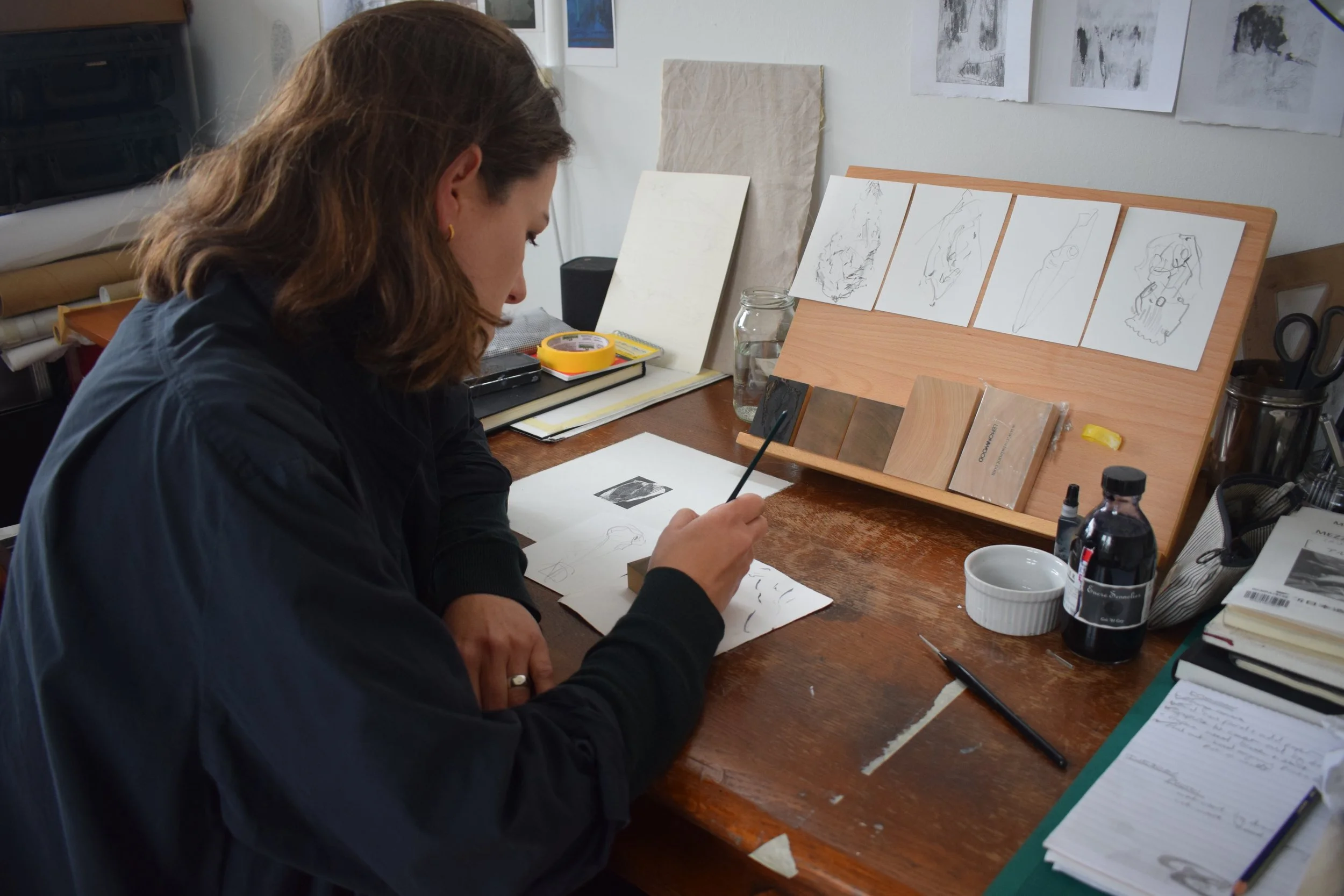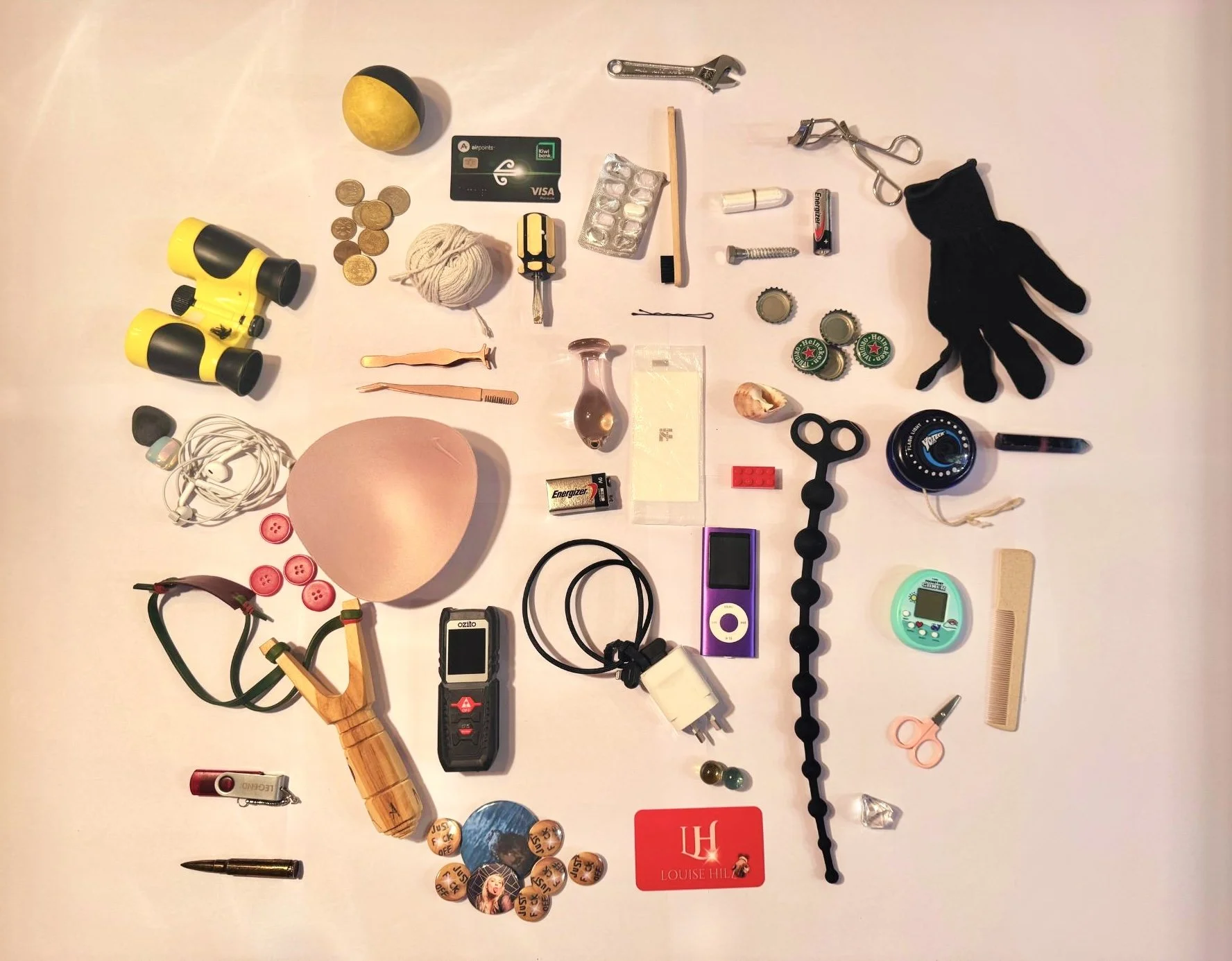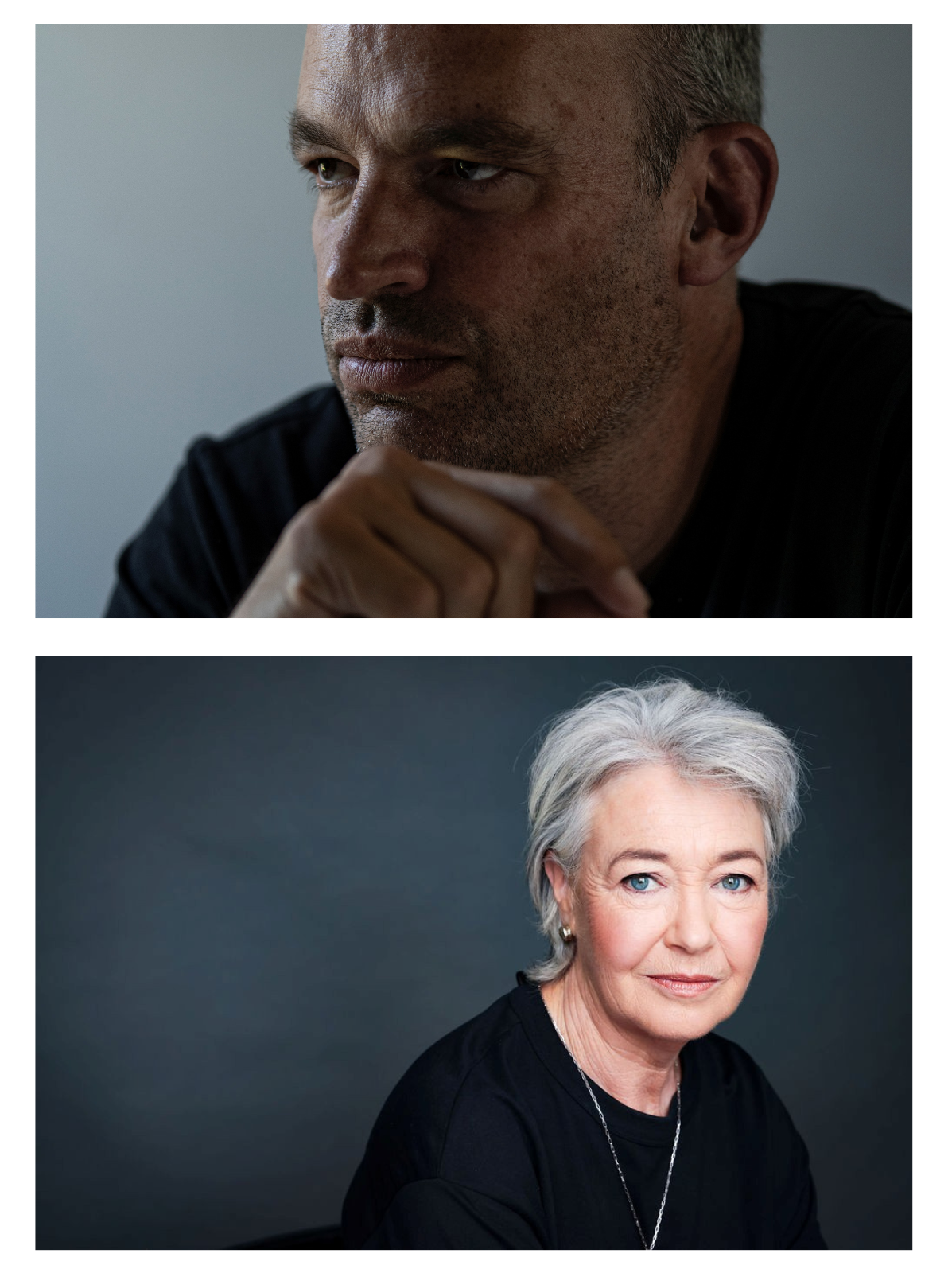Aroha Matchitt-Millar, Rosalie Koko and Mauatua Fa’ara-Reynolds
21 September - 11 October
Kua whetuurangitia koe…
return, and take your place among the stars with your ancestors
When faced with the fear of losing our whakapapa, the question remains: how do we maintain hope in humanity in the face of devastating circumstances?
Whetuurangitia is the transformation from tangata to tipuna by way of stars, responding to current crises Aroha Matchitt-Millar, Rosalie Koko and Mauatua Fa’ara-Reynolds come together to process the unbearable weight of grief for those in Palestine.
Art is rongoa and provides a pathway to collective compassion amid despair. Harakeke grows in fans with the rito sitting at the centre. It is shrouded by parents, grandparents and great-grandparents on either side as it grows into a full plant. Each plant sits alongside another in an interconnected paa. Through weaving we learn how to tend to the rito, nurturing it in a way that ensures its ongoing survival.
These artists draw our attention to what happens when the centre is cut and how whakapapa stops when whole generations are wiped out. As we witness an onslaught of carnage, destruction and devastation in Palestine over the last nine months (and counting), the power of protest grows calling for an immediate and permanent ceasefire. When we are faced with war crimes against whakapapa we are left with these questions, how do we maintain hope in humanity in the face of devastating circumstances?
These works are an act of remembrance resisting Israel’s ongoing history of erasure. The artists in this show stand in solidarity with Gaza, Congo, Sudan, West Papua, Haiti and all Indigenous nations resisting the grip of Western capitalism. We contemplate our responsibility in Aotearoa in our shared fight for Tino Rangatiratanga over ourselves, our lands and our people.
Mai te awa ki te moana
From the river to the sea, Palestine will be free
Influenced by kaokao in tukutuku, the stars come together in a net of life and death. Harakeke is at the centre, as an enabler of life. The cutting of the rito leads to the whetū Pōhutukawa and Te Ara Wairua. This is the pathway of spirits, which so many people have been forced down in the violence of this past year, and in every year of colonial occupation.
Artists Biographies:
Aroha Matchitt-Millar
Aroha Matchitt-Millar centres her creative practice on sharing customary raranga and kaiwhatu practices. In this exhibition muka is handstiched into wool blankets, creating a soft safe space that draws on atua wahine through a karakia written by Israel Randell and Arpege Taratoa. With whakapapa to Ngati Rangitihi, Te Whakatōhea, and Tūhoe, Aroha’s nannies were weavers, giving muka and harakeke a place in her whakapapa.
Rosalie Koko
Rosalie Koko (Ngaati Kahungunu ki Heretaunga, Taranaki, Olosega) has a diverse practice that spans painting and installation, building on traditional modes of making that are grounded in whakapapa. Rosalie examines the tension between pattern and figurative imagery as modes of expression. Her tiipuna created patterns with inherent connotational meaning, that influences her current practice.
Mauatua Fa’ara-Reynold
Mauatua Fa’ara-Reynolds (she/they) is Mā’ohi-Norf’k student at Te Herenga Waka, occasional poet, and tapa maker. She currently works at the Salient student magazine as a staff writer, where she writes about issues concerning Pasifika youth. Her poetry is fuelled by mana vāhine and trans-indigenous networks of solidarity.
Rosalie Koko, Mauatua Fa’ara-Reynolds and Aroha Matchitt-Millar in conversation with Israel Randell
Saturday 21st September
1 - 2pm , The gallery
Free
Facilitated by Rosalie Koko and Aroha Matchitt-Millar
Saturday 28 September
1 - 2pm
The hub
Free – drop in style for families
Other exhibitions

























